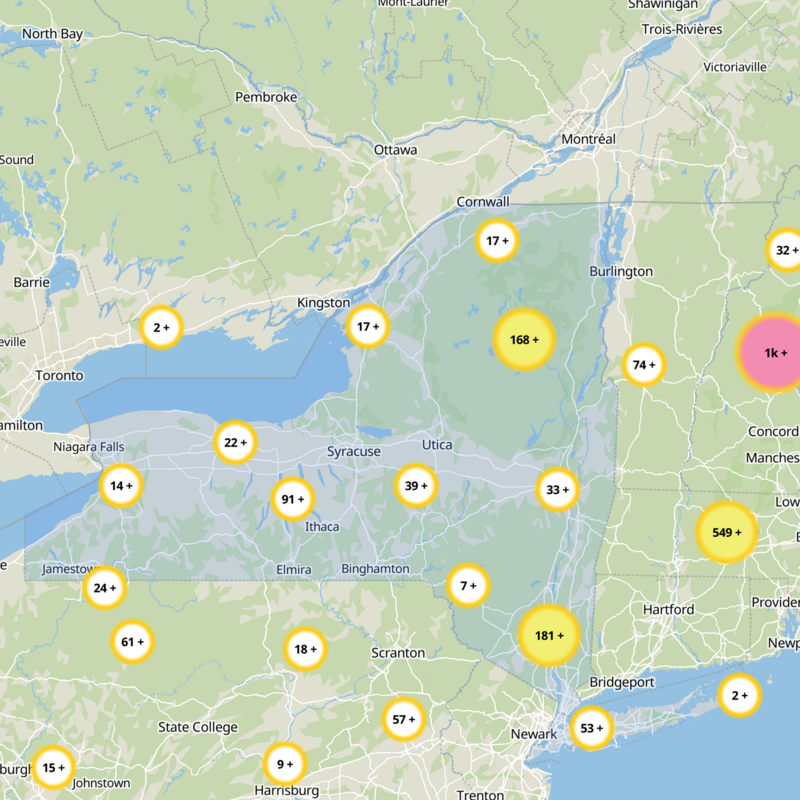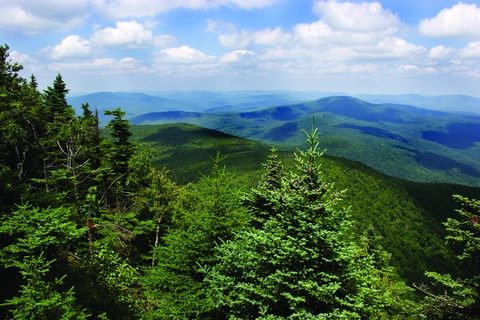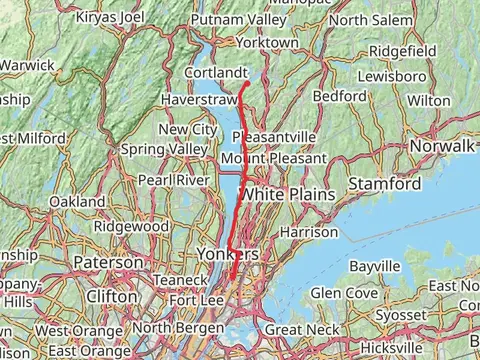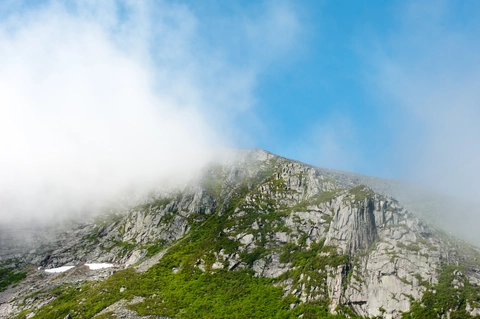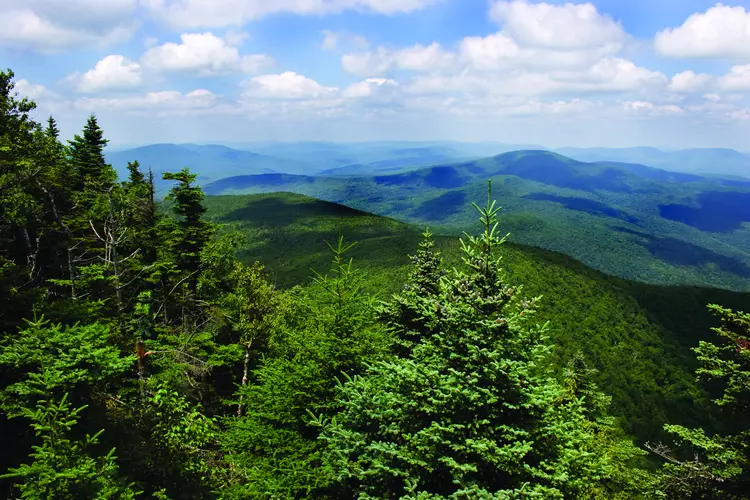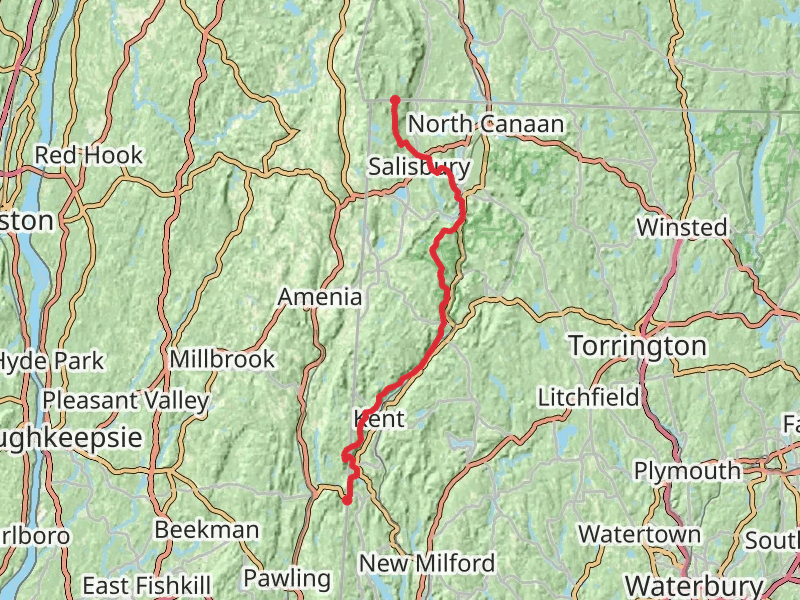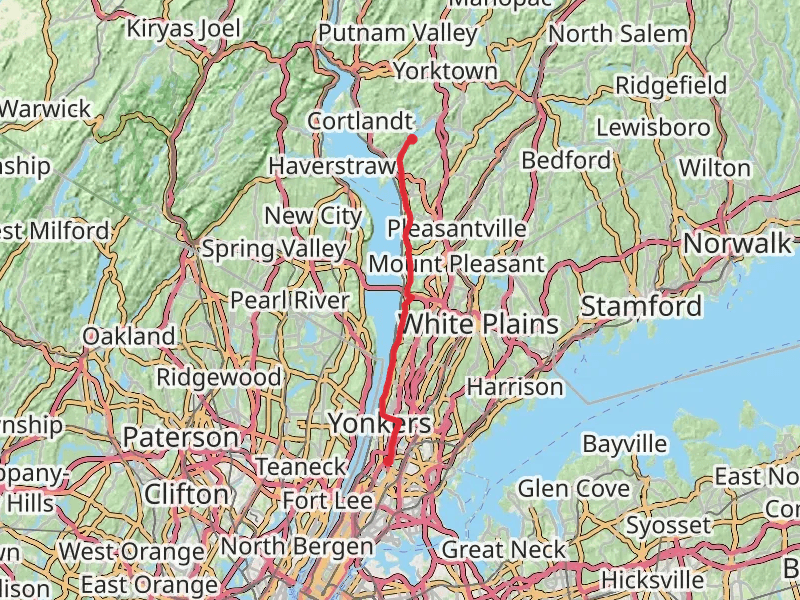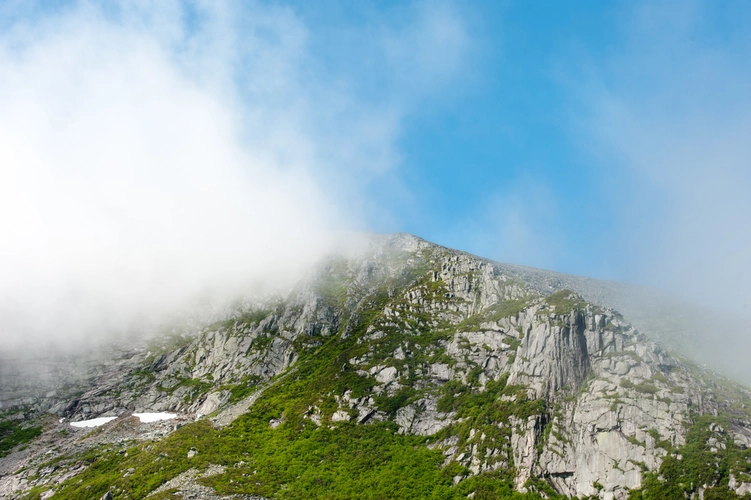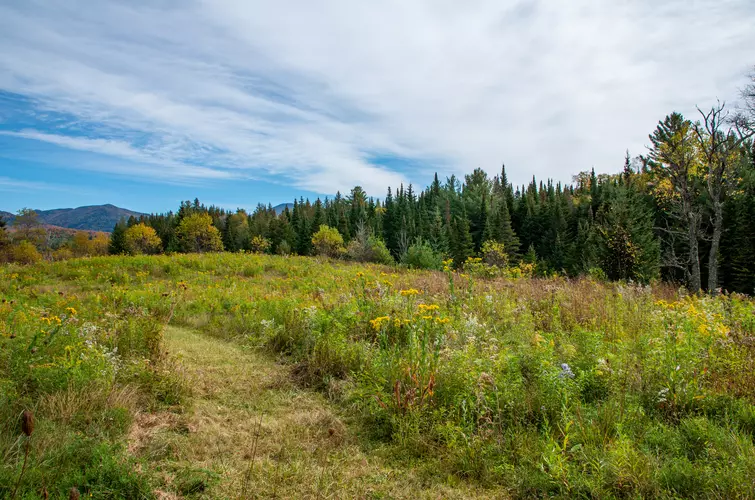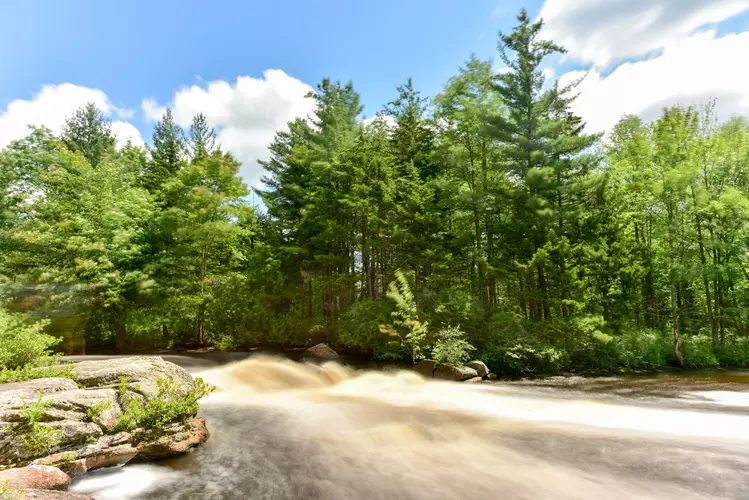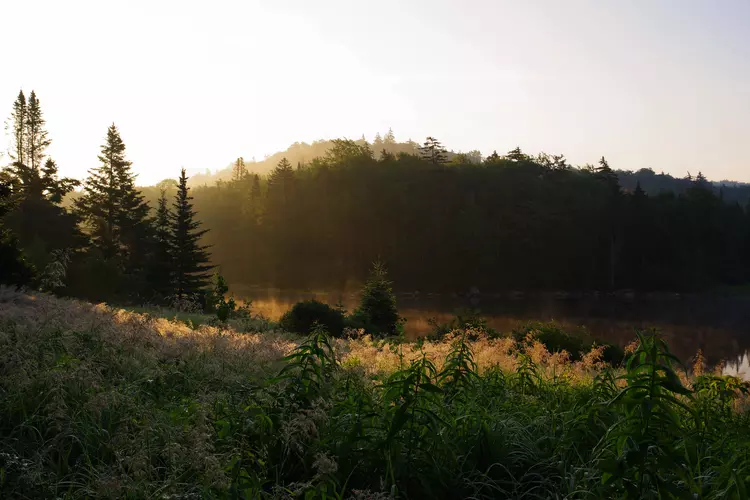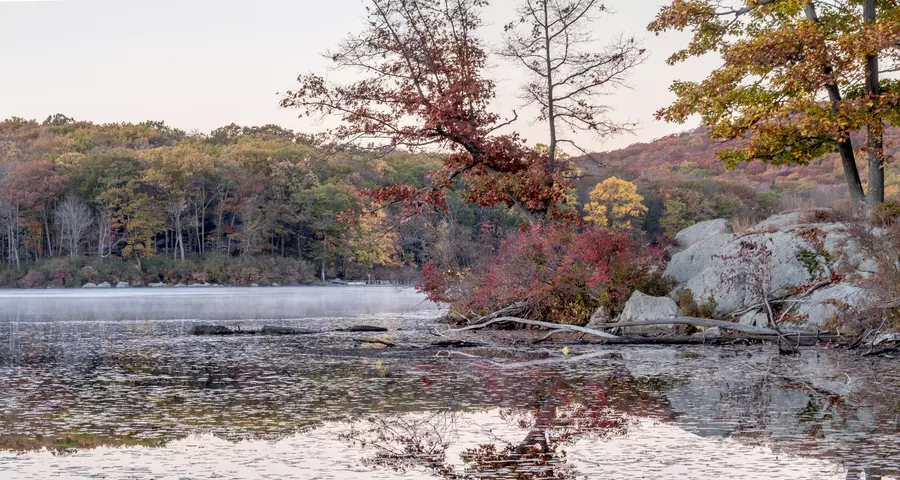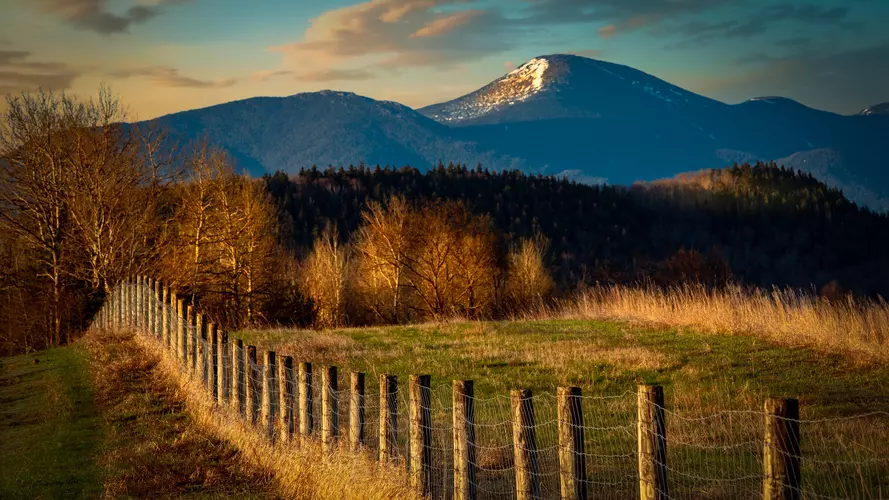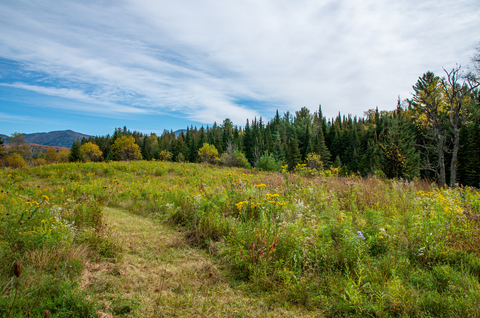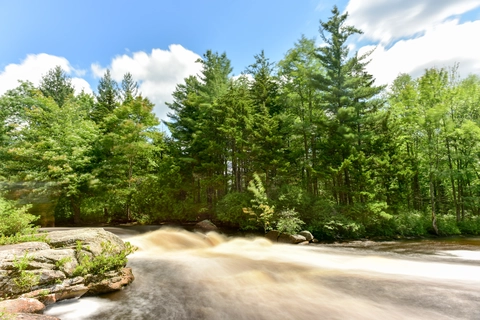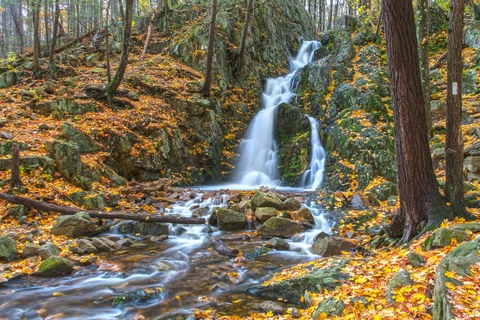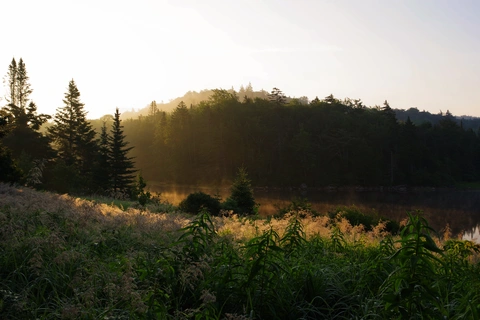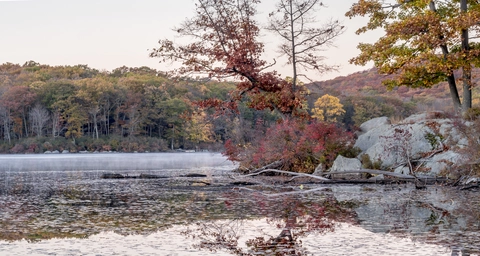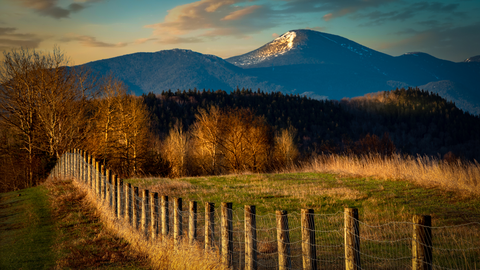"New York's trails offer diverse adventures, from rugged peaks to serene vistas, inspiring every hiker."
New York offers a diverse tapestry of hiking experiences, from the rugged peaks of the Adirondacks to the serene trails of the Catskills. Imagine trekking through lush forests, past cascading waterfalls, and up to panoramic vistas that reveal the vast beauty of the state. In the Hudson Valley, trails like Breakneck Ridge challenge and reward with stunning views of the Hudson River. Whether you're seeking solitude in nature or a challenging ascent, New York's trails promise adventure and inspiration at every turn.
Most popular hikes
FAQs about hiking in New York






